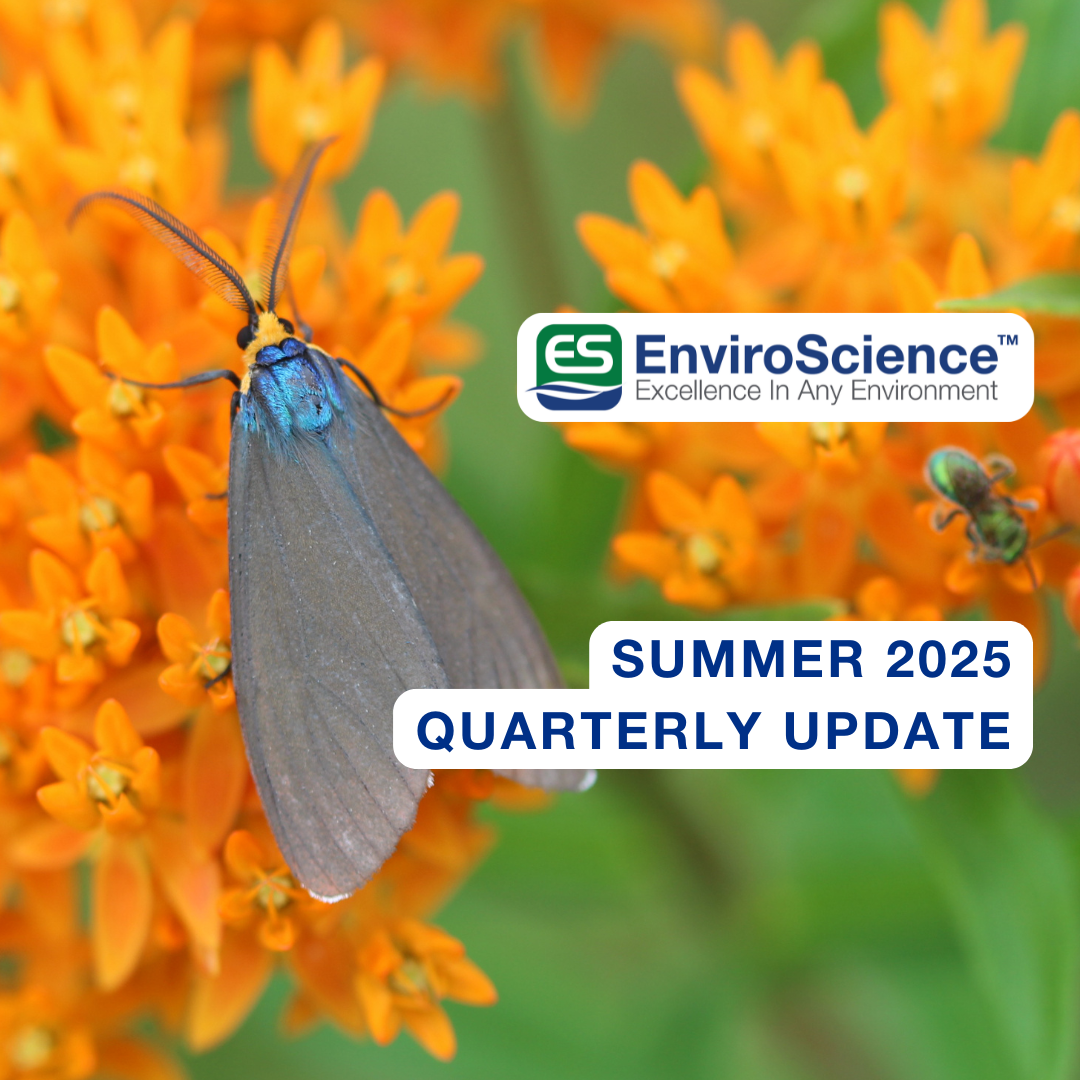
As harmful algal blooms (HABs) continue to increase in frequency, intensity, and geographical spread across the United States, demand for advanced monitoring and laboratory analysis has never been greater. HABs are most commonly caused by cyanobacteria (also known as blue-green algae) and can release toxins that are hazardous to human health, aquatic ecosystems, pets, and livestock.
At EnviroScience, we provide expert HAB Testing Services designed to help clients detect, evaluate, and respond quickly to the presence of toxic blooms in freshwater systems.
Understanding the Threat of HABs
Harmful algal blooms are fueled by rising water temperatures, excess nutrient runoff (especially nitrogen and phosphorus), and increased climate volatility. The result? Widespread, recurring blooms that threaten drinking water sources, close recreational lakes, and negatively impact local economies. HABs can appear suddenly and produce toxins such as microcystins, anatoxin-a, saxitoxins, and cylindrospermopsin—each capable of causing acute illness or death in both humans and animals.

The Centers for Disease Control and Prevention (CDC) and the U.S. Environmental Protection Agency (EPA) emphasize the urgency of early detection and public communication regarding HAB events. As states and municipalities adopt stricter monitoring protocols, there is a growing demand for timely, accurate data from local agencies and utilities.
Our Proven HAB Testing Capabilities
EnviroScience supports clients with comprehensive HAB testing services backed by decades of applied expertise in environmental science. Our certified laboratory employs a multifaceted approach to cyanobacteria and cyanotoxin analysis:
 ELISA (Enzyme-Linked Immunosorbent Assay)
ELISA (Enzyme-Linked Immunosorbent Assay)
We utilize ELISA kits to detect and quantify common toxins, including microcystin-LR, saxitoxins, and anatoxin-a. This method is ideal for routine screening due to its high sensitivity, cost efficiency, and compatibility with regulatory standards.
qPCR (Quantitative Polymerase Chain Reaction)
Our DNA-based qPCR testing identifies the genetic potential for toxin production by detecting genes associated with microcystins/nodularin, cylindrospermopsin, and saxitoxins. This method is essential for early warning systems and predictive modeling.
Microscopy and Taxonomy
We provide detailed microscopic identification and enumeration of cyanobacteria, phytoplankton, and periphyton to genus or species level. This data helps clients evaluate bloom dynamics, toxicity risk, and ecological implications. We also offer permanent slide archiving and photomicroscopy for long-term documentation and preservation.
Chlorophyll-a and Phycocyanin Analysis
Using fluorometric and colorimetric methods, our lab quantifies algal biomass via pigment concentrations, providing an effective indirect measure of bloom intensity and composition.
Custom Monitoring and Field Services
Our field crews are available for on-site sampling, emergency response, and consultation. We help design and implement custom monitoring plans to meet specific regulatory or operational requirements, whether for a drinking water utility, private lake, or public park.
Why Choose EnviroScience?
Not all HAB testing providers offer the same level of scientific integrity, responsiveness, and service customization. Here’s why so many public and private entities across the country choose EnviroScience:
- Decades of expertise in algal bloom monitoring and cyanotoxin analysis
- Rapid turnaround times with strict quality assurance and control
- Trusted laboratory partner to local governments and utilities
- Ph.D.-level staff and in-house taxonomists for expert validation
- Actionable reporting designed for technical and non-technical audiences
While many labs provide only basic testing, we focus on integrated solutions that help clients interpret their results and plan next steps. Our work supports compliance with state drinking water advisories, swimming and recreational thresholds, and federal guidelines under the Clean Water Act.
Who We Serve
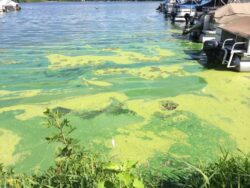
Our services benefit a wide array of clients who depend on water quality data for public safety, environmental stewardship, or operational planning:
- Drinking Water Utilities monitoring source water for cyanotoxins
- Watershed and Conservation Groups aiming to reduce nutrient inputs
- Recreational Managers needing clearance to open lakes or beaches
- State and Local Agencies developing HAB response frameworks
- Universities and Researchers studying bloom behavior or mitigation
We partner with each client to provide cost-effective and timely insights tailored to their needs.
Looking Ahead: The Future of HAB Management
As bloom seasons become longer and more unpredictable, reliance on advanced testing will continue to grow. Technology such as remote sensing, molecular diagnostics, and predictive modeling is helping environmental managers make more proactive decisions. EnviroScience stays at the forefront of these innovations, continuously adapting our methods to ensure compliance and client confidence.
By working with our experts, clients gain access not only to certified lab services but also to ongoing technical support and insights that can shape long-term mitigation strategies.
Take Action Before the Bloom
Whether you need emergency toxin screening or a long-term monitoring plan, EnviroScience is ready to help you protect your water resources. Our HAB Testing Services are designed to deliver reliable results and responsive support—backed by a team of expert scientists committed to your success and the protection of environmental and public health.
Learn more about our Harmful Algal Bloom (HAB) Testing Services, and let’s work together to stay ahead of the bloom.

Few environmental firms in the country retain EnviroScience’s degree of scientific know-how, talent, and capability under one roof. The diverse backgrounds of our biologists, environmental engineers, scientists, and divers enable us to provide comprehensive in-house services and an integrated approach to solving environmental challenges—saving clients time, reducing costs, and ensuring high-quality results.
Our client guarantee is to provide “Excellence in Any Environment,” meaning no matter what we do, we will deliver on our Core Values of respect, client advocacy, quality work, accountability, teamwork, and safety. EnviroScience was created with the concept that we could solve complex problems by empowering great people. This concept still holds true today as our scientists explore the latest environmental legislation and regulations and incorporate the most up-to-date technology to gather and report data.
EnviroScience expertise includes but is not limited to aquatic surveys (including macroinvertebrate surveys and biological assessments); ecological restoration; ecological services (including impact assessments, invasive species control, and water quality monitoring); emergency response; engineering and compliance services; endangered mussel surveys; laboratory and analysis; stormwater management; sustainability services; threatened and endangered species; and wetlands and streams (including delineation and mitigation). Further, EnviroScience is one of the few biological firms in the country that is a general member of the Association of Diving Contractors International (ADCI) and offers full-service commercial diving services.







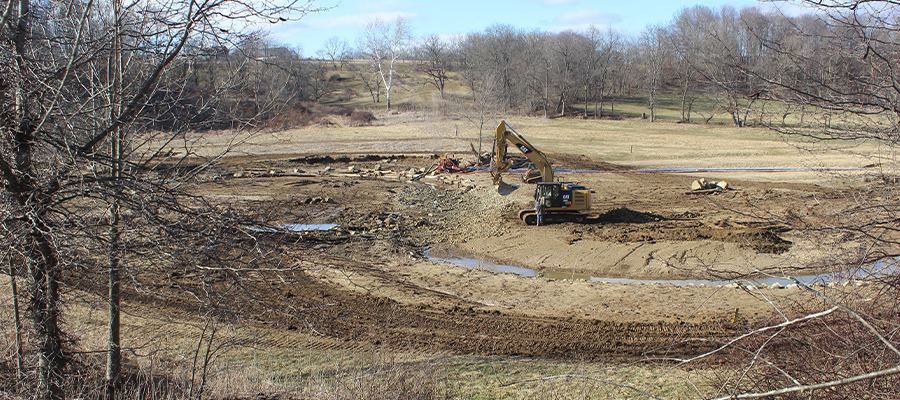


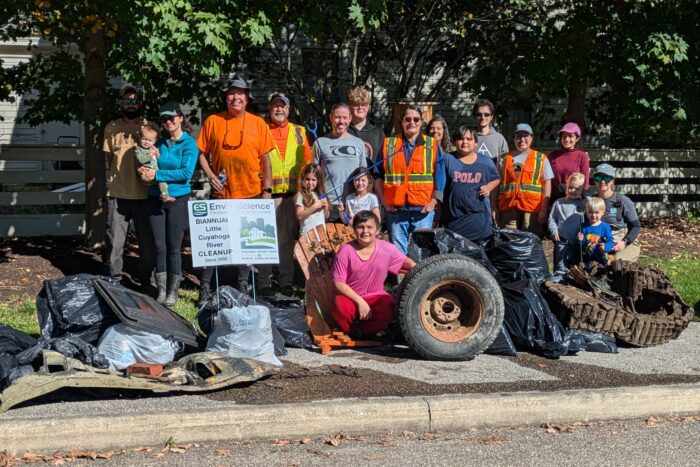
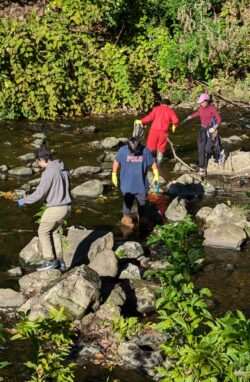 Who: Anyone willing to help! We’ve had volunteers of all ages at this biannual event.
Who: Anyone willing to help! We’ve had volunteers of all ages at this biannual event.
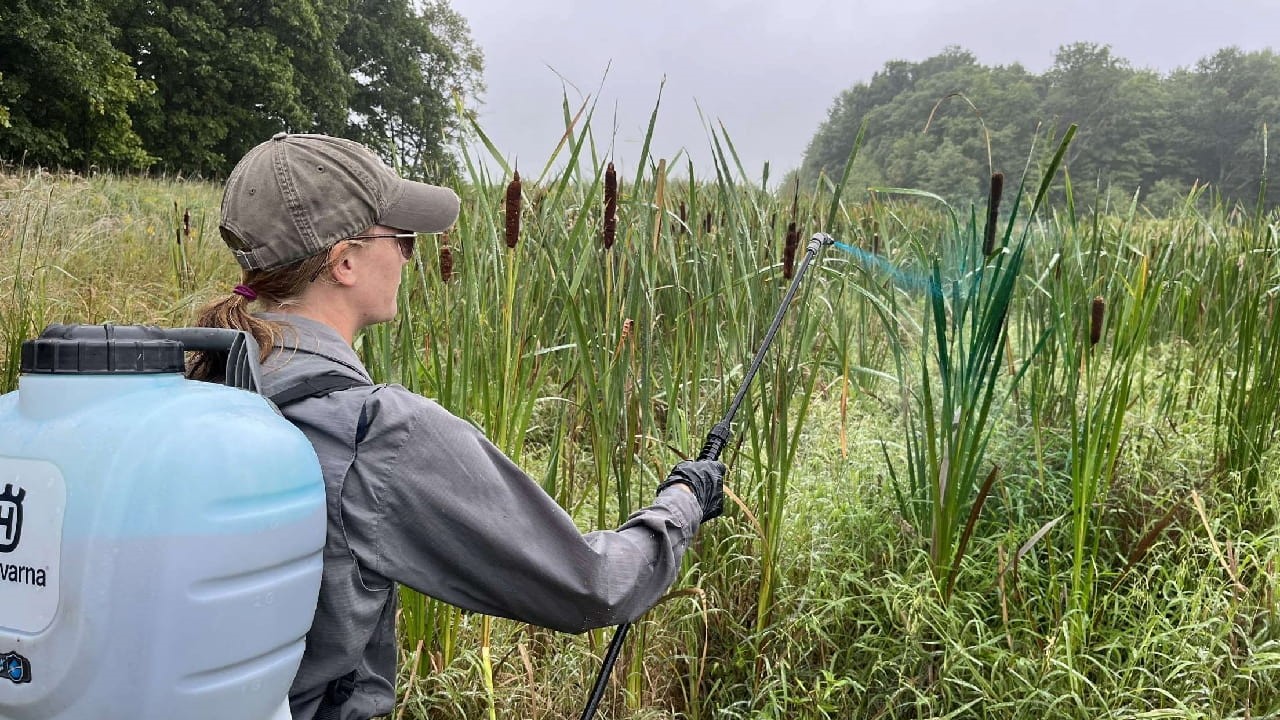


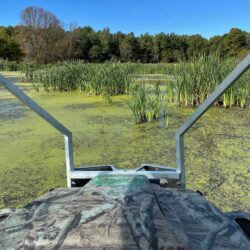
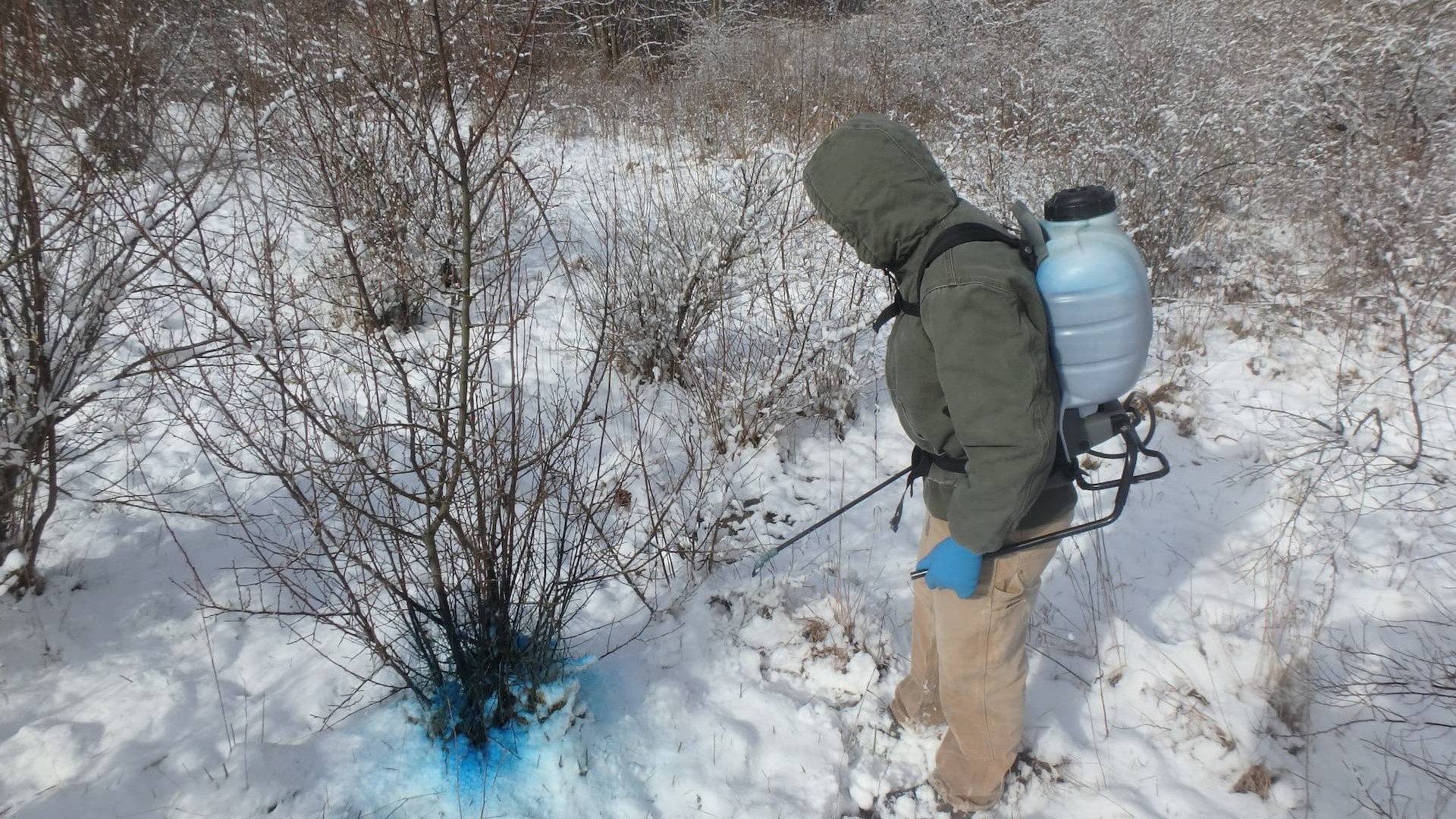



 ELISA (Enzyme-Linked Immunosorbent Assay)
ELISA (Enzyme-Linked Immunosorbent Assay)

